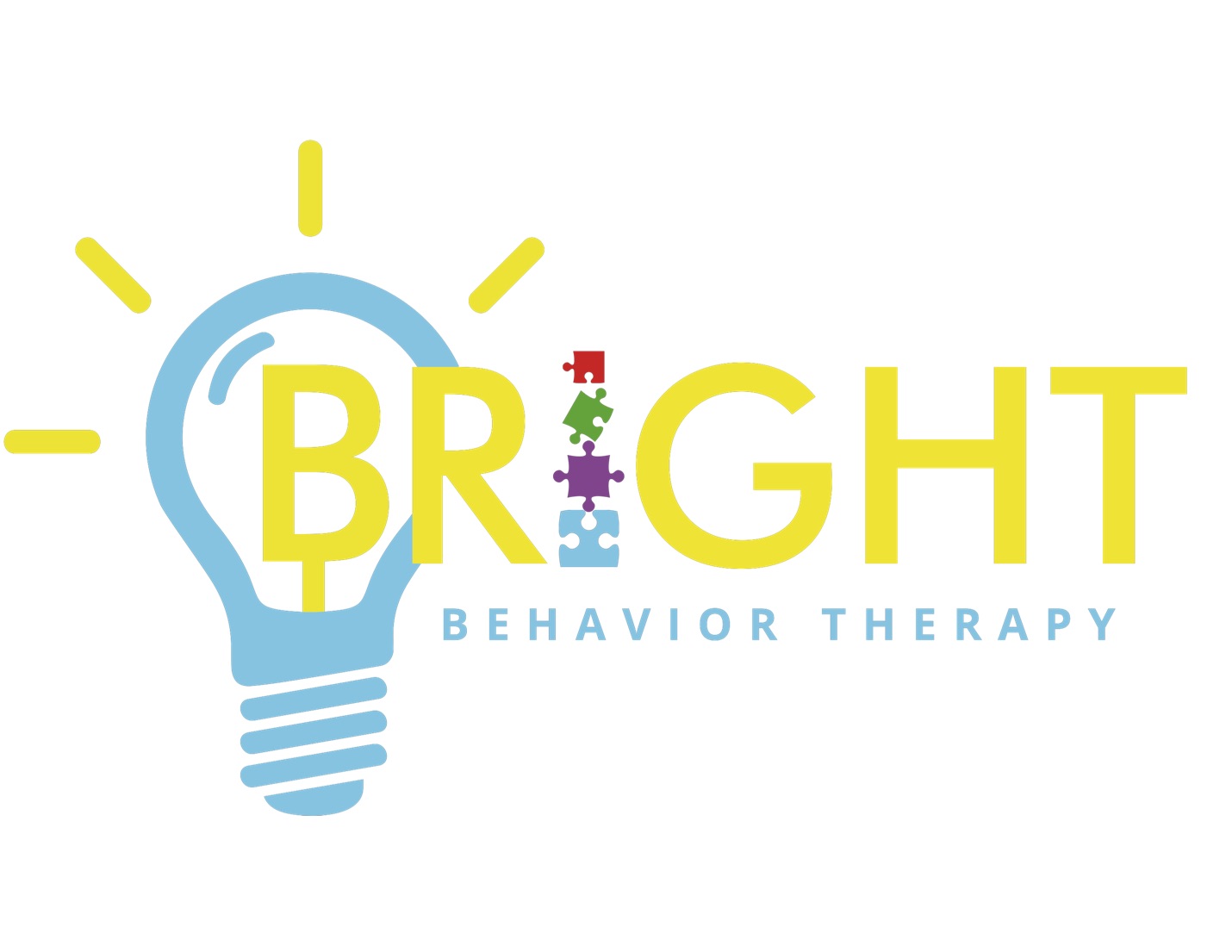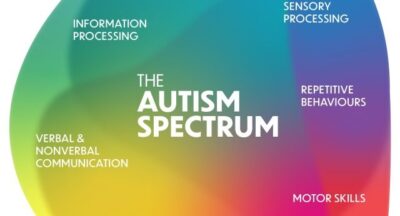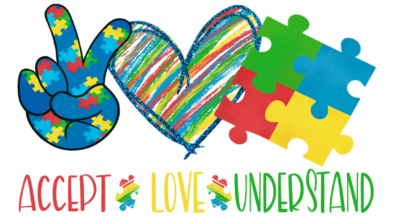
What is Positive Reinforcement in ABA Therapy?
Positive reinforcement is a key component of Applied Behavior Analysis (ABA) therapy, which is commonly used to treat individuals with autism and other developmental disabilities. Positive reinforcement involves providing a desirable consequence or reward to increase the likelihood of a behavior being repeated in the future. For example, if a child with autism says “hello” in response to a greeting, the therapist might provide positive reinforcement by giving the child a high-five or a small toy. The child is more likely to repeat the behavior of saying “hello” in the future because they received a positive consequence for doing so.
Positive reinforcement is a powerful tool in ABA therapy because it can help to increase the frequency and quality of desirable behaviors, such as social interactions, communication, and self-care skills. It can also help to reduce problematic behaviors, such as aggression or self-injury, by reinforcing alternative, more appropriate behaviors. The use of positive reinforcement is based on the principles of operant conditioning, which suggest that behaviors that are followed by positive consequences are more likely to be repeated in the future.
Contact Us Today To Learn More! (313) 694-7700
Related Posts
Why Do We Use The Term Autism Spectrum
Autism is a neurodevelopmental disorder that affects millions of people all...
Antidepressant Medications: What are they?
Everyone feels low from time to time, so it’s not always easy to know when it is...
Autism Self-Advocacy: A Blog About How To Raise Awareness For Autism
Autism is a condition that affects millions of people worldwide, yet it remains...
What Do I Do If I’m On a Very Long Waitlist For an Autism Evaluation?
You don’t have to wait to receive services! Insurance companies know the...




